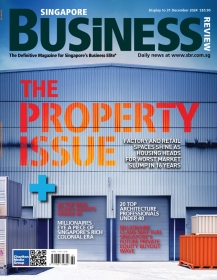
Why Singapore firms are urged to grow their China exposure
Urbanisation rate grows at 1ppt yearly.
According to Maybank Kim Eng, in their efforts to diversify abroad, most developers have come to the natural conclusion that it is imperative to have some exposure in China – the world’s largest domestic market.
As the world’s most populous nation with 1.3b people, China’s urbanization rate has consistently grown at ~1 ppt p.a. over the past two decades to 53% as of 2012 and targeted to hit 60% by 2020.
Here's more from Maybank Kim Eng:
There will therefore be significant demand for good-quality housing required to house the estimated 400m new urban dwellers over the next decade.
In addition, while GDP growth has been “weakened” to 7-8% per annum, the push for higher domestic consumption of consumer goods and the growth of more value-added services will entail stronger demand for high-quality commercial properties, such as Grade A offices, well-managed shopping malls and high-spec logistic properties.
Underlying fundamentals trump interest rates. We reiterate that we remain optimistic on the Singapore companies’ China exposure based on the long-term fundamentals of the market.
Besides, the interest rate environment in China is relatively decoupled from the U.S.-led one Singapore experiences, since the PBoC has its independent monetary policy. With China accounting for 39%, 52% and 38% of CapitaLand, CMA and KepLand’s respective asset base, we see this as a good balance against their Singapore exposure.
























 Advertise
Advertise






